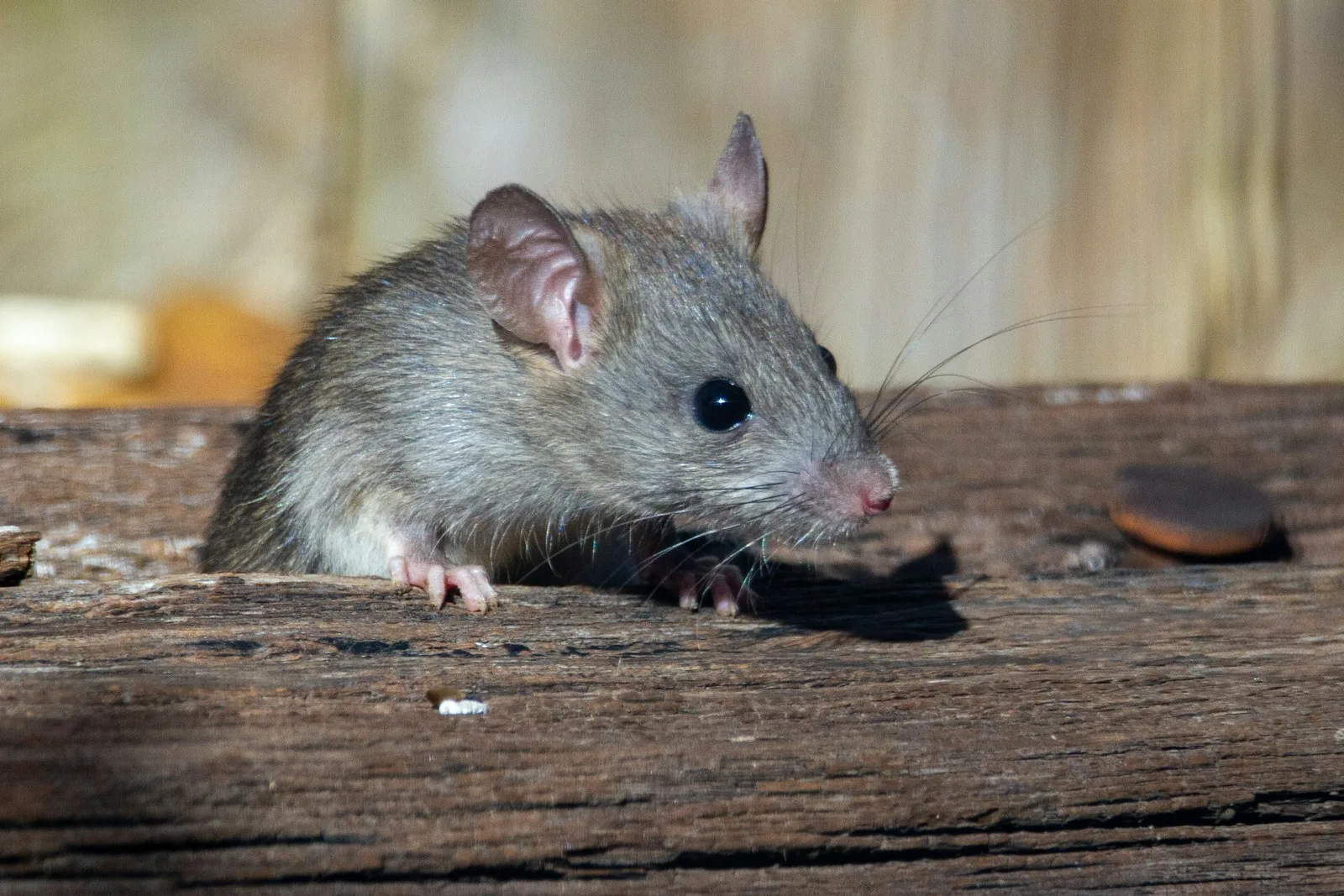
Table of Contents
Unless you’re willing to hide in the shadows and use large butterfly nets to trap mice in your house, you’ll probably need to provide some form of bait. While most people agree that it is best to use peanut butter, chocolate or perhaps hazelnut spread, some trap makers offer their own gel baits. Even with the perfect bait, setting the trap incorrectly is a sure way to miss your target.
For various reasons, it turns out that mouse traps are ineffective even though they are the greatest solution to mouse problems. Since rats are often wary creatures of habit, it is helpful to have a basic understanding of rat psychology when setting traps. Because they will approach your bait with caution. A misplaced trap may be completely ignored and as a result they may become wary of approaching them. Let us now examine this matter more closely.
Read more: 17 Hacks That Will Help Keep Insects Out Of Your House
Where To Put A Mouse Trap

Now, brace yourself for some clarity. In order to attract the interest of a mouse passing the bait, the mouse must be passing it. Cowardly rats are more likely to be found in familiar and comfortable areas. Place traps in areas where you see rodent droppings, nesting materials, or other signs of activity. Mice usually follow walls and hide from the weather. Consider hiding traps in cabinets, behind drawers and under furniture such as kitchen carts, as well as under large appliances such as stoves, dishwashers and refrigerators.
It’s also a smart idea to place traps near potential mouse entry locations. These tiny organisms have the ability to fit into even the smallest of openings around windows, sewer pipe openings, and cracks and holes in walls and foundations. However, keep in mind that rats typically don’t spend much time entering and leaving your home. Since rats tend to stay inside once they are inside, placing traps near popular routes will be more effective in controlling established rat populations.
Trips For Placing A Mouse Trap Effectively

There are other things that can make your traps work better. It is important to use the correct amount of bait and ensure that nothing interferes with the trigger of the trap. Providing too much bait can cause the trap to activate too quickly or not at all, causing you to miss your target. Actually, since pulling the fibers increases the chances of the trap springing, trap maker Victor suggests wrapping fibers of high-quality nesting material – a suitable non-edible bait – around the trap’s trigger mechanism.
Traps that resemble classic snap traps in both form and function should be baited closest to the wall and the length of the device perpendicular to the wall. This arrangement of traps, according to Permakill Exterminating, makes it possible to catch rodents approaching the wall from either side.
In addition, the business recommends placing traps next to each other, based on the idea that a rat can jump over the first trap it encounters and land down the next line. Other types of traps, especially live traps (which are sometimes used for rodent control), are often constructed in such a way that it is impossible to place them perpendicular to the wall. Follow the package directions when using these, as they vary from model to model.
READ | The Mouse and the Lion


2 thoughts on “Mouse Trap Revealed: The Mistake Everyone Makes When Catching Mice.”